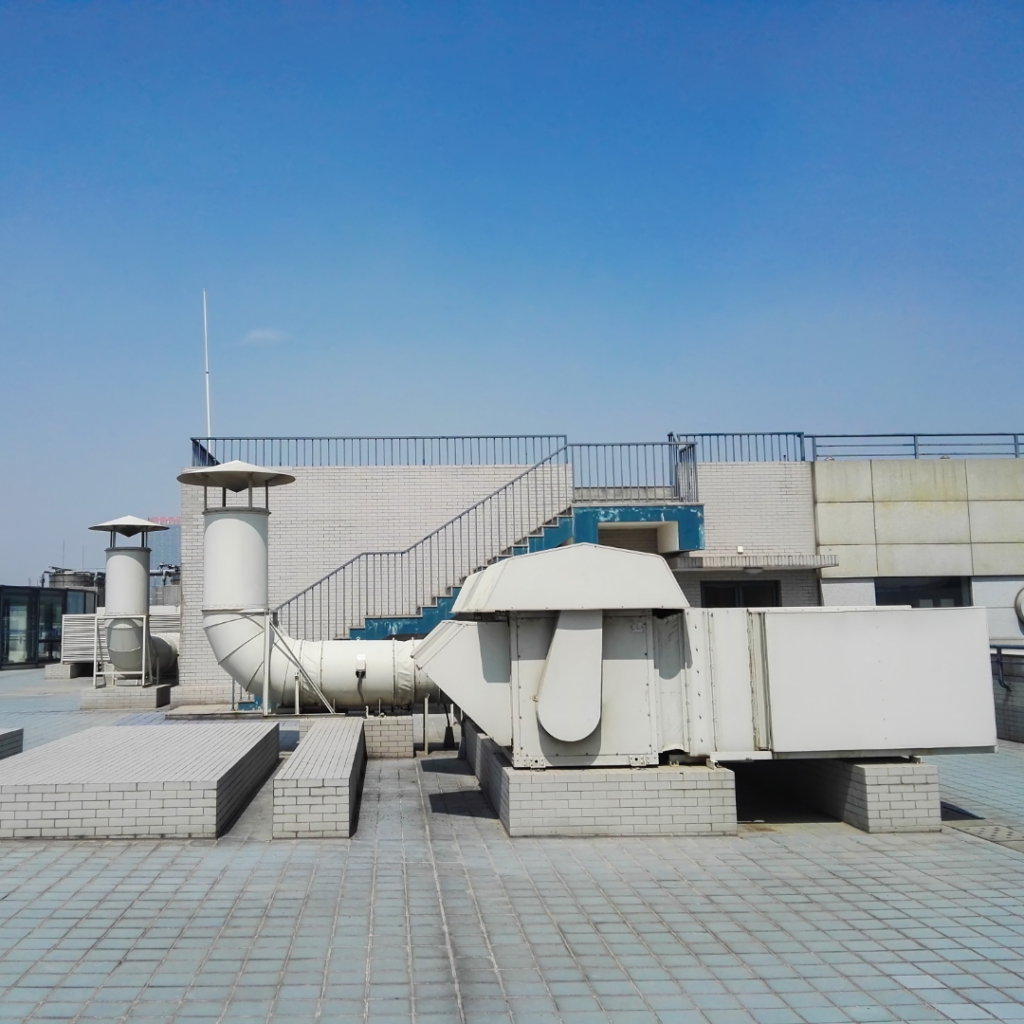Given how much time we spend indoors—from our homes and workplaces to stores and restaurants—maintaining clean and fresh air indoors is crucial. One of the greatest methods to make sure that the air in buildings is of high quality is with an air handling unit (AHUs). In this article, let’s explore more about what AHUs are and their functions.
What is an Air Handling Unit and Its Function?
An air handling unit, also known as AHU for short, is commonly used in medium and large-sized industrial or commercial buildings to condition and distribute fresh air throughout the structure. AHUs are a component of the bigger HVAC system (heating, ventilating, and air conditioning). The system draws fresh outdoor air in, cleans and conditions it, and then warms or cools it as necessary. After being suitably conditioned, the air is pushed via ductwork located inside the building’s rooms.
The majority of air handling units include an extra duct run that removes soiled air from interior spaces and releases it back into the environment. A part of the stale air is occasionally returned to the AHU and once again put through the conditioning/distribution process. Although it is an energy-saving method, recirculating used air is not always a possibility.
The Basics of AHUs
AHUs are especially helpful in spaces like conference centers and hotel dining rooms that need to accommodate lots of people yet have few natural ventilation options. Units are used for keeping “cleanrooms,” such as operating rooms and labs.
Apart from overseeing the appropriate ventilation of indoor air, AHUs extend their functions to the following:
- Purify and filter the indoor air to keep it high quality
- Regulating the temperature indoors
- Monitor the humidity inside.
AHUs can occasionally be found on the roof or in the basement of a building.
Different Parts of An Air Handling Unit
Understanding the operation of an air handling unit’s component elements can help you comprehend the overall purpose of the system.
- Air Intake – The intake gathers outdoor air to be cleaned and distributed around the indoor area.
- Filter – The type of filter to use depends on the building’s criteria for purity. A hospital operating room’s air has to be “cleaned” more than a hotel conference room’s air.
- Fan – The fan blows air out of the air handling unit and into the ductwork that distributes the conditioned air.
- Heat Exchangers – The AHU uses these components to exchange heat between the air and the coolants it uses.
- Cooling Coil – This is where air cools before being distributed. Condensation that the AHU captures in a droplet separator as a result of this procedure may occur.
- Silencer – To help reduce the noise level when the unit is operating, special coatings are placed to the unit walls.
- Plenums – These are purposefully positioned vacant places inside the appliance where airflow is permitted to homogenize.
Air Handling Units: Are They Energy Efficient?
An air handling unit’s main objective is to increase energy efficiency. Picking up discarded heat and reprocessing it through the AHU is done in conjunction with heat recovery units and specialized “run around” coils. This feature lowers the demand placed on the heating coils and manages energy consumption.
Indoor and outdoor air are mixed during the cooling process to reduce the severe hot/cold contrast when the air reaches the cooling coil and enable the unit to produce cool air with the least amount of energy.
Wrapping Up
Employees, guests, and clients may all enjoy a more comfortable workplace with an AHU that has been built properly while using less energy. We advise adding an AHU while building new or remodeling an existing structure. Improved insulation use during construction reduces energy expenditures by preventing warm or cooled air from escaping.
However, better insulation can also result in worse ventilation, stale air, and excessive humidity. Mold and mildew literally flourish in conditions of excessive air moisture.
To learn more about air handling units (AHU) and how we can help you, get in touch with us.



